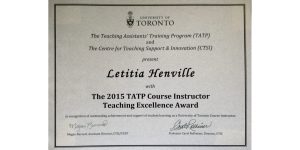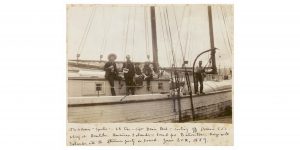Journal Article: “Ballad Haunting: Stevenson’s ‘The Song of Rahéro’.”
In this paper, I look closely at one of Robert Louis Stevenson’s first pieces of writing from his Polynesian years, “The Song of Rahéro: A Legend of Tahiti” (1890), which was a translation of an Indigenous Tahitian legend. I argue that his adaptation into the ballad form brings into the poem a fatalistic, haunting undertone that runs counter to the bardic poetry of the peripheries of empire that had been produced by Scottish writers a hundred years before Stevenson.









